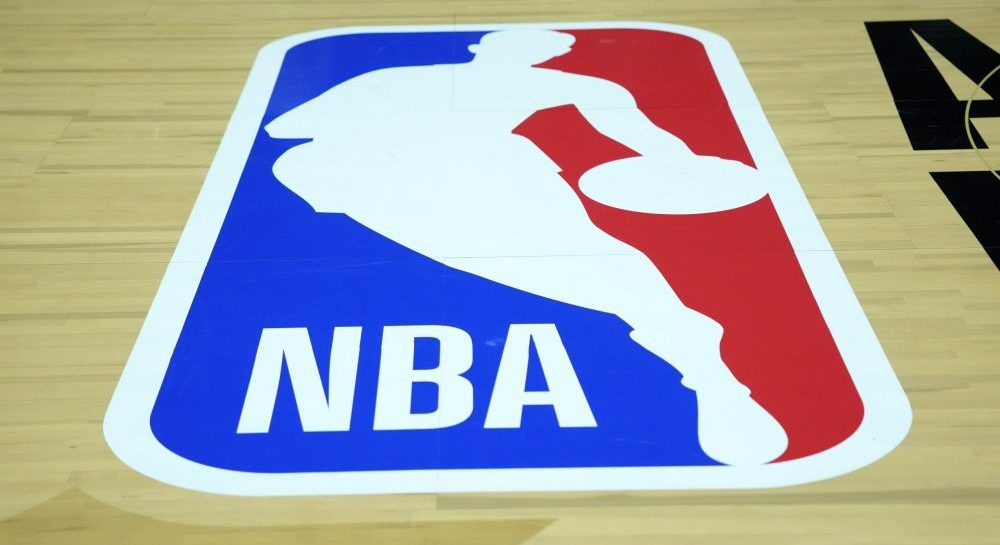While college football fans and casual sports fans welcome the arrival of three new bowl games, there’s an important media angle attached to this story, one that shouldn’t get lost in the bigger picture.
Yes, college football diehards will be happy that they’ll have more of their favorite sport to watch this December. For those who think that more college football — even with teams from the Sun Belt and The American — can never be a bad thing, the 2015 holiday season just got a little bit better. Yet, while more college football is the main result of the bowls’ increasing expansion, the broadcast homes for these games offer an important glimpse inside the mindsets of non-ESPN networks.
A month ago, the Austin Business Journal reported that the city’s sports commission had met with FOX and was courting CBS as a broadcast partner for its new bowl game. ESPN’s Brett McMurphy has reported that Orlando’s bowl game, the Cure Bowl, will be televised by CBS Sports Network. The Tucson game, known as the Arizona Bowl, is likely to be a CBS Sports Network game as well.
*
It’s easy to look at this situation — the media component of the new bowl games, not the bowls themselves — and dismiss it as the almost-inevitable byproduct of ESPN’s market saturation. Owning the broadcast rights to nearly 40 bowls, and more specifically, owning broadcast rights to all but one bowl game, would seem to mean that ESPN will become more limited in its ability to add to its bowl inventory. There are only so many days and so many time slots, especially with college basketball programming and other considerations entering the equation.
Where would ESPN add another bowl? The Saturday before Christmas is pretty jammed. Weeknight games before and after Christmas filled the late-afternoon/early-evening time slot and then the prime-time window as well. The Saturday between Christmas and New Year’s Day featured a full boat of games, and that was even with the Sun Bowl — the one non-ESPN bowl game (on CBS) occupying the middle of the day. The Kentucky-Louisville game and a few other featured college basketball contests crowded the programming grid that afternoon.
There are only so many hours in a day for one family of networks, so from that vantage point, the idea that non-ESPN outlets would get in on the bowl fun seems obvious. Therefore, it might not seem like a big deal to many college football consumers or television viewers. Fair enough.
However, it’s a very big deal to CBS Sports Network, and potentially a big deal to the larger field of non-ESPN entities as they seek programming which will drive ratings.
*
One could put forth the following question about the significance of CBS Sports Network grabbing one bowl game and very possibly snagging another: Is it more important that a non-ESPN outlet has picked up a bowl game, or that CBS Sports Network was the specific winner of that competition?
The non-ESPN dimension is significant in that the future of cable television is very much up in the air (pun not intended). What if cable unbundling — explored in this 47-minute discussion — finds more of a foothold in the coming years? Any of several possible changes in the industry could reshape the marketplace and the structure in which networks fight for rights to the bowls and other properties. Making any kind of dent in ESPN’s hold on the bowls could be seen — according to this line of thought — as significant in that it could build confidence among ESPN’s competitors, setting the stage for a potentially more fragmented landscape. This isn’t necessarily likely, but it could reshape possibilities in the industry.
The better point to make, though, is that this story is supremely important for CBS Sports Network itself.
Go through the list of significant sports events televised by CBS Sports Network. Try. The list is very short. Service-academy college football is as prestigious a regular sports property as anything else CBS SN owns. The network will no longer show U.S. Open tennis now that ESPN is fully in charge. CBS SN hasn’t been able to point to an eye-catching event.
Bowl games — though increasing in number to the point that more and more 6-6 teams will be brought into the mix — still bring in viewers. They’re magnet events in a nation which loves football more than any other sport, at a time of year when bad weather makes it easy to stay inside at night and flip on the tube.
The Cure Bowl might be the embodiment of the rinky-dink bowl game between teams from lower-tier conferences that screams “second-rate,” but don’t tell that to ESPN. It’s done very well by televising bowls and, moreover, by bringing a few new bowls into existence. The incredible ending of the first-ever Bahamas Bowl between Central Michigan and Western Kentucky will always be cited by college football fans as the enduring reason why there can’t be too many bowl games.
CBS Sports just found the Cure (Bowl) for some of its woes. That’s a story just as important as the fact that college football will have three more bowl games.







Comments are closed.